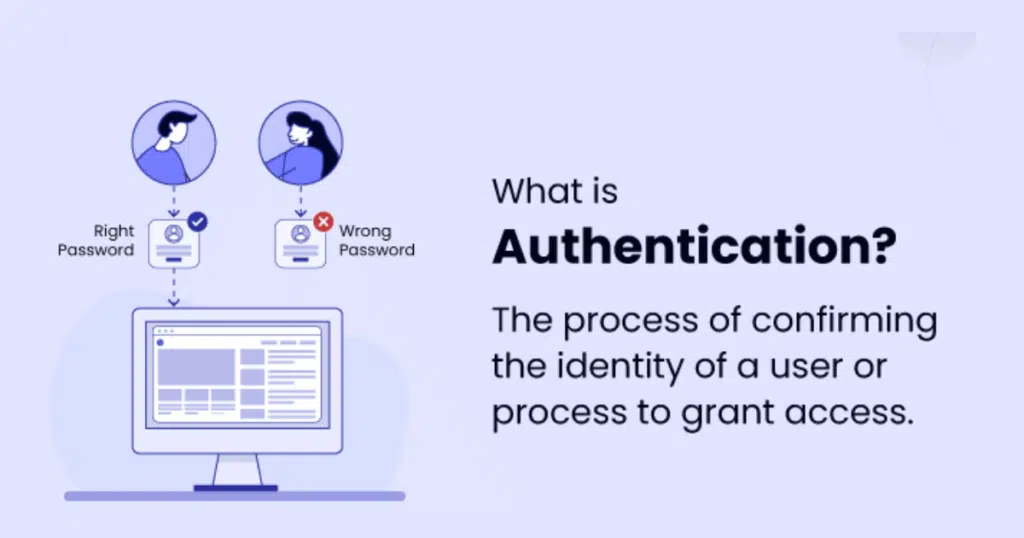Understanding Authentication: What It Is and Why It Matters
Authentication is a process used to confirm a user’s level of access to a particular account, private space, or platform.
Typically, users are identified by a unique user ID, and authentication occurs when a user provides a credential, such as a password, that matches the user ID.
For most people, the password is the most common form of authentication factor, as it is a piece of information that only the user should know.
Except for guest accounts, auto-logged-in accounts, and kiosk computer networks, human-to-computer interactions usually require some form of user authentication.
To access a system, a user must first choose a username or user ID and enter a valid password.
User authentication enables human-to-machine interactions in operating systems and applications and wired and wireless networks, allowing access to network-connected devices, applications, and resources.

The Importance of Authentication
Many organizations use authentication to verify users who connect to their websites, as failure to take proper security measures could expose user data, such as credit and debit card information or social security numbers (SSN), to hackers.
Authentication also identifies and manages a user’s access to sensitive digital resources, corporate networks, computers, and servers.
Businesses use it to provide secure access to their applications and networks for remote workers.
Adding additional authentication factors to the verification process can increase security in many cases.
A strong protocol typically involves using at least two types of factors, also known as two-factor authentication (2FA).
2FA and Blockchain Authentication:
Many organizations and exchanges encourage users to use 2FA to protect their account data, particularly in the cryptocurrency world, where there is no fraudulent protection or recovery method if crypto accounts get hacked.
Although it may take some effort to learn and set up, the extra layer of security provided by 2FA is well worth it.
Blockchain authentication is system that authenticates a user’s access to resources across multiple blockchains.
Public key cryptography (PKC) is used by the blockchain to secure wallets or areas where currency or sensitive data is stored.
As a result, there are some fascinating parallels between blockchain technology and security.
Balancing Security and User Experience
Identity and access management (IAM) tools for blockchain typically include cryptocurrency wallets as a primary feature, but they may compromise on user experience (UX) and user interface (UI) interface.
It is worth noting that cryptography experts and blockchain developers sometimes have overlapping interests, making blockchain developers a crucial part of the security and innovation environment.
In the early days of Bitcoin adoption and blockchain use cases, there was a need for modernizing technology so that less technically savvy people could use it without compromising their privacy and security.
Password-protected wallet applications with high-level authentication protocols were one solution to this problem.
A true password-less interface in digital currency wallets and blockchain apps would solve this issue and usher more people into the next phase of these technologies’ development and real-world use cases.